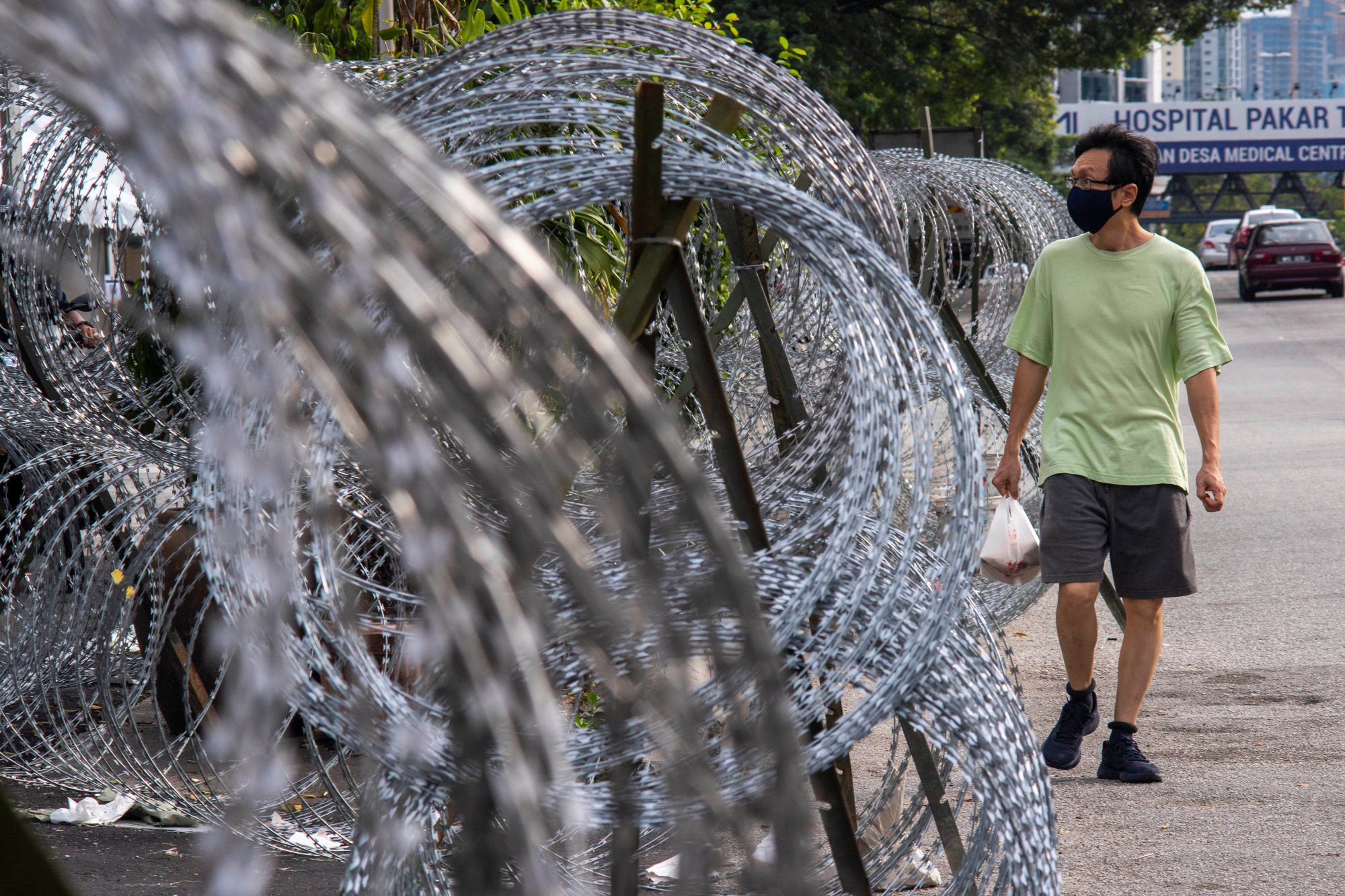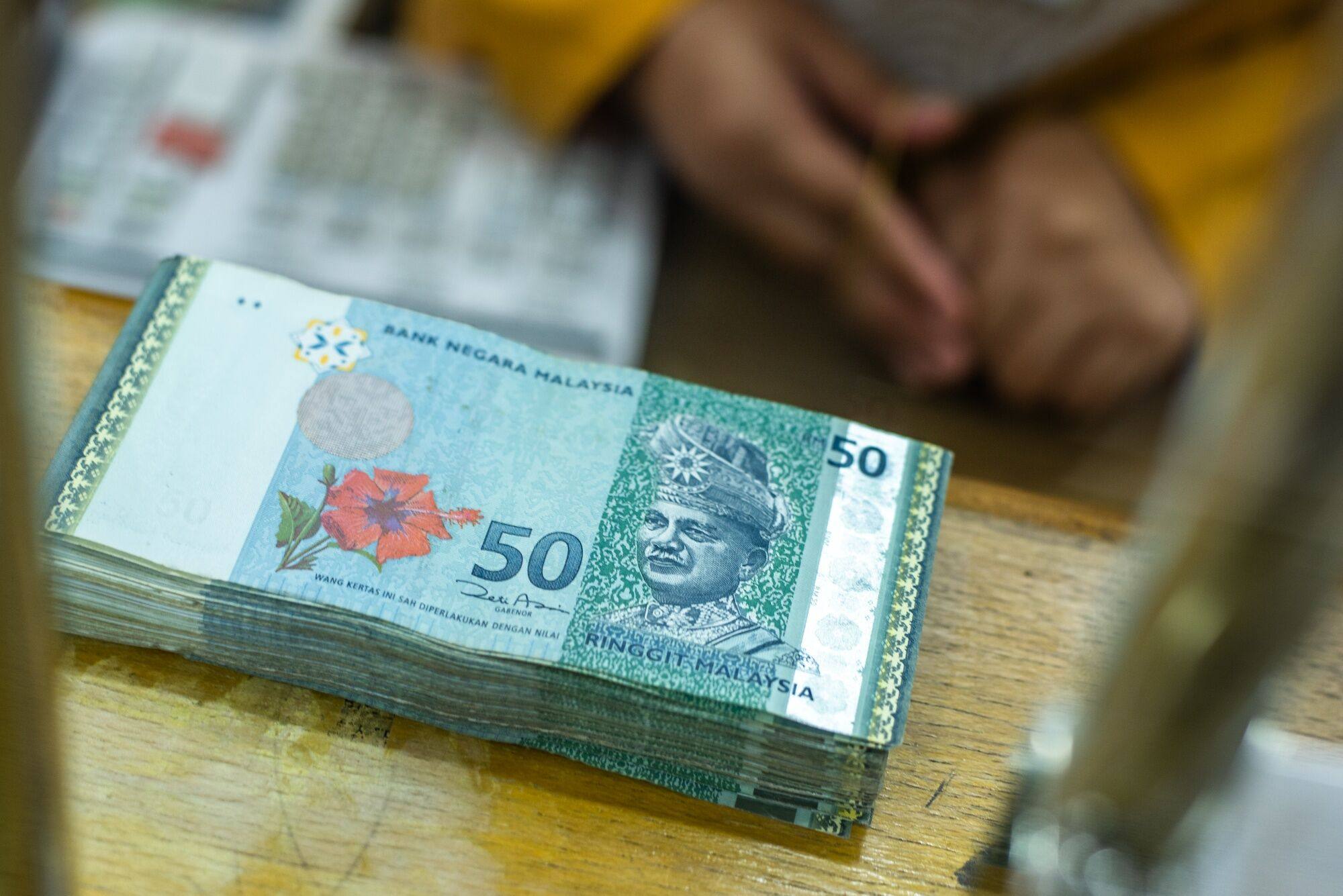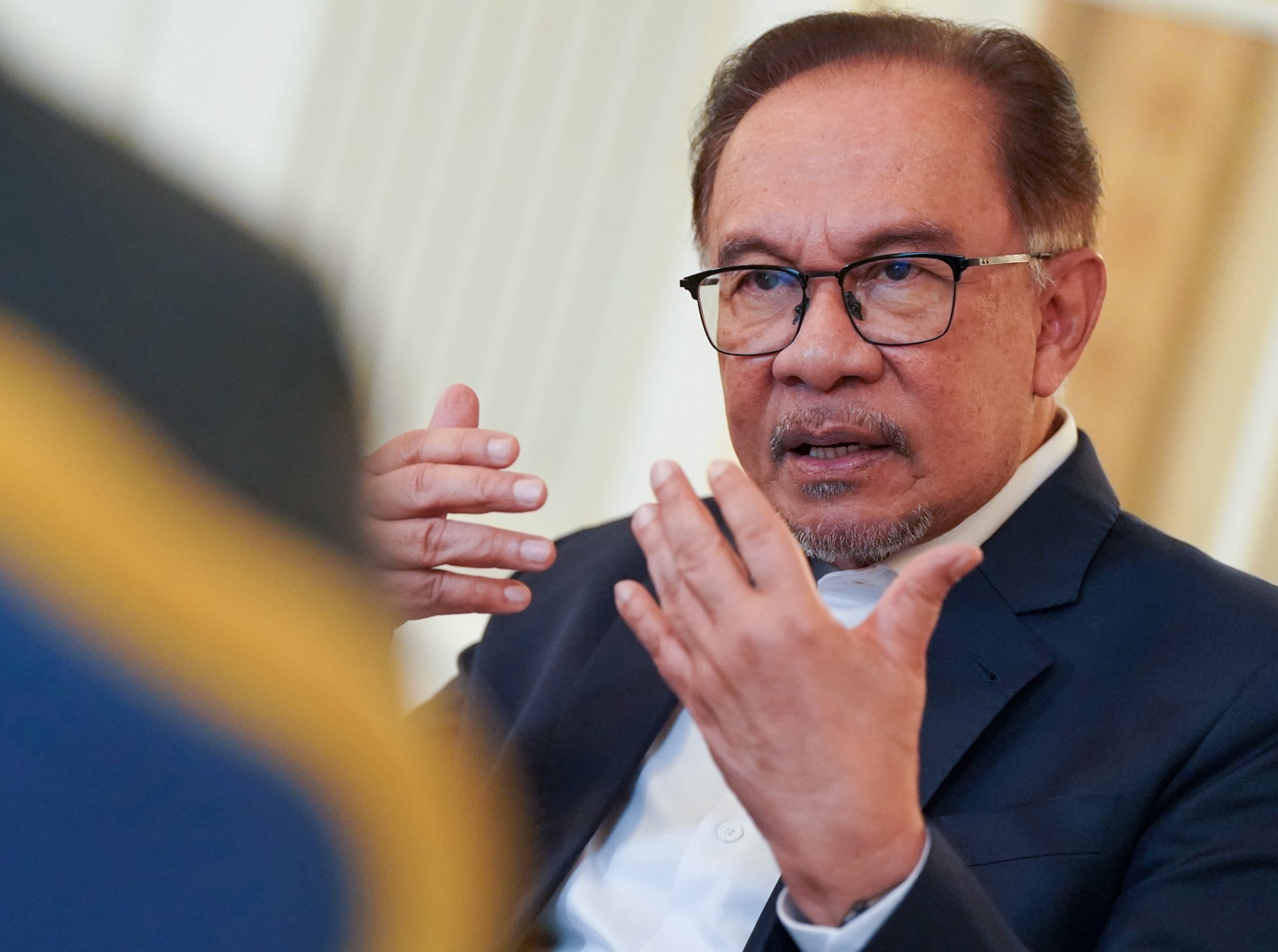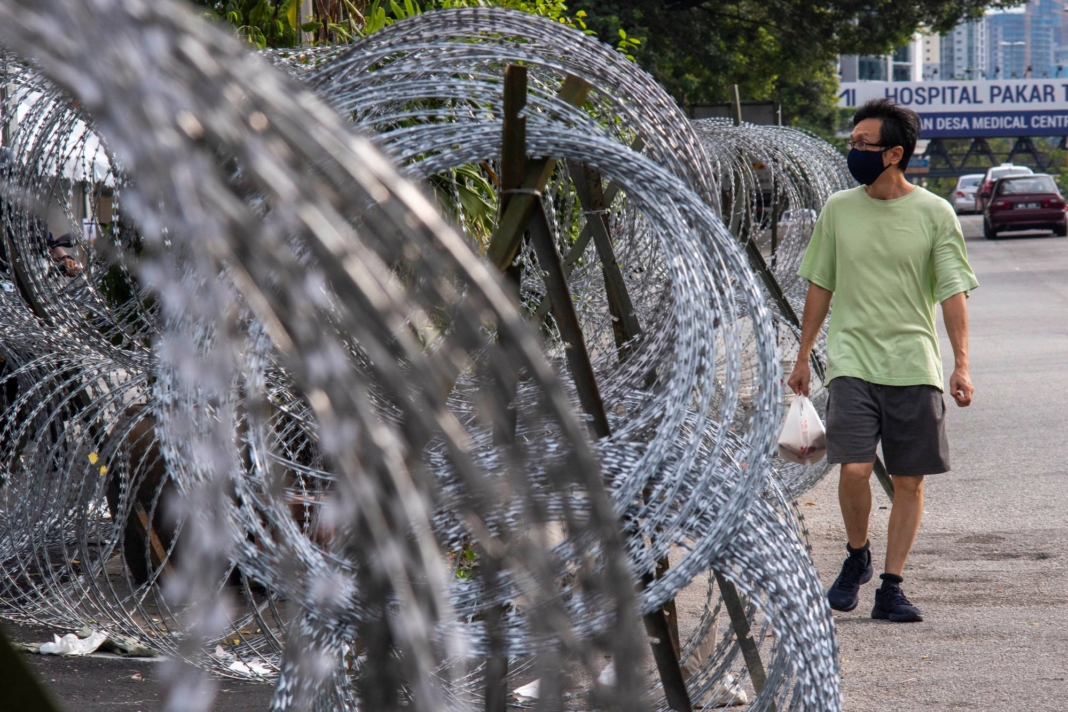If times are tough already, experts warn the outlook for many of those next in line to retire are even bleaker.
In November, the finance ministry told parliament that around 6.3 million private-sector workers younger than 55 had less than 10,000 ringgit (US$2,125) saved up for retirement.
The figure accounted for more than half the total number of people aged below 55 who have accounts with the Employees Provident Fund (EPF), a statutory body that manages retirement savings for private-sector workers, who are legally required to retire at 60.
Left unchecked, the country could face a situation where millions of Malaysians are left with just 42 ringgit (US$8.92) per month to survive on in their old age, according to the ministry’s calculations.
To help spur more saving, the government in January paid out a one-off 500 ringgit top-up for 1.4 million EPF members between the ages of 40 and 54 with savings below 10,000 ringgit.

Between 2020 and 2022, EPF members withdrew a total of 145.5 billion ringgit (US$30.8 billion) in four tranches from their retirement savings, according to government data.
The withdrawals – allowed by the government to help people get through unprecedented financial hardship – caused a 34 per cent spike in the number of members with less than 10,000 ringgit saved in their accounts.
“I can only rely on the money my children send to me every month. Without that, I don’t have anything to spend,” said Jackson Silan, a 76-year-old retiree in Kota Kinabalu, the capital of Sabah in Malaysian Borneo.

On the flip side, EPF members in the top-20th percentile hold an average of nearly 280,000 ringgit in savings each.
This cohort of around 3.2 million people accounts for nearly 82 per cent of the cumulative savings by the fund’s 16 million members, according to EPF data as of the end of last year.
Set up in 1951, the EPF was created to help build a reliable retirement fund for private-sector workers who lack the benefits of a lifelong pension that’s woven into civil-service contracts.
But pandemic cash-outs are only one reason why so many Malaysians have dismally low savings.
Inadequate income growth, depressed wages, widening inequalities and rising cost of living are some of the reasons underlying the low household and individual savings rate
In the year before the pandemic struck, the EPF already estimated some 4.7 million members were at risk of poverty in their old age.
“Inadequate income growth, depressed wages, widening inequalities and rising cost of living are some of the reasons underlying the low household and individual savings rate,” said Yeah Kim Leng, an economics professor at Malaysia’s Sunway University.
A 2023 study by Malaysia’s Khazanah Research Institute found that wage stagnation has been a “central feature” of the country’s labour market, with the bottom half of wage earners seeing just an estimated 500 ringgit increase in real wages over the 2010 to 2019 period, or about 56 ringgit a year.
The government has tried to boost wage growth. In May 2022, it raised the minimum wage by 25 per cent to 1,500 ringgit.
Malaysia debates allowing citizens to use pension funds as loan backstop
Malaysia debates allowing citizens to use pension funds as loan backstop
It plans to carry out a test run for a progressive wage scheme starting from June, which will see 1,000 volunteer companies roll out fixed monthly increments over four months as part of a performance incentive for their staff.
“A company with a profit of 1 billion ringgit, yet paying its workers between 1,800 ringgit and 2,000 ringgit, is inconsistent with Madani values,” Anwar said at an event in December, referring to his government’s slogan calling for sustainable and equitable development.
Higher wages directly contribute to higher retirement savings over the long term. But the government will also need to deal with the more immediate crisis facing those on the cusp of retirement with depressed savings.

This would include a more effective roll-out of social protection policies such as direct cash aid, targeted subsidies and holistic medical coverage, said Halmie Azrie, a senior analyst with government affairs consultancy Vriens & Partners.
“Additionally, more financial literacy on savings as well as programmes to restructure household debt can also be alternatives,” Halmie told This Week in Asia.
Expanding social safety nets, however, means spending money that the government may not necessarily have.
Current Prime Minister Anwar said last month that the government will need to spend 50 billion ringgit this year alone to service its debt.
Funding a more extensive social security net would mean some hard choices. The government is in the midst of restructuring its burgeoning subsidy bill, which covers a broad range of items that include petrol and foodstuffs such as rice, and is estimated to have cost up to 80 billion ringgit last year.
Subsidies for poultry and eggs have already been dropped, with a shift towards a targeted subsidy programme for fuel – which accounts for about half of all subsidies – also expected.
But planning for the future is hard when there’s hardly enough to make it through the present.
Malaysia’s ringgit slides towards new all-time low on lacklustre growth
Malaysia’s ringgit slides towards new all-time low on lacklustre growth
At 33, retail worker Shanthini still has some years to save before she hits the mandatory retirement age of 60, but she can’t see herself surviving without a monthly salary.
Like thousands of others who were laid off during the pandemic, she had little choice but to dip into her meagre retirement savings just to stay afloat during the dual health and economic crisis.
“I know it’s savings for when I’m older and can no longer work, but things are hard. Cost of living has gone up,” said Shanthini, who asked to be identified by her first name.
“Right now, I’m just happy I have a job. I think I’ll just keep working for as long as I can.”
Source: scmp.com




